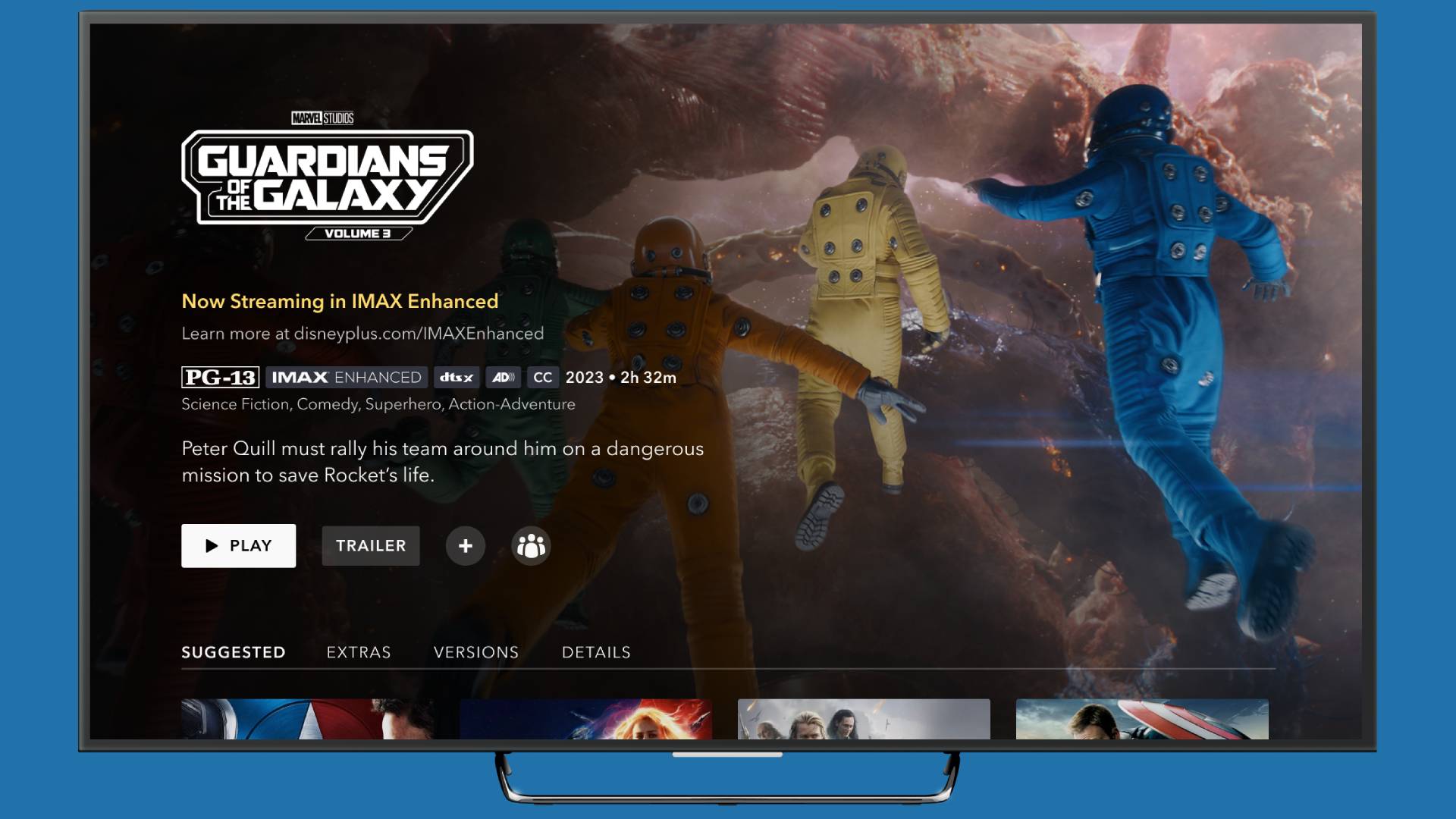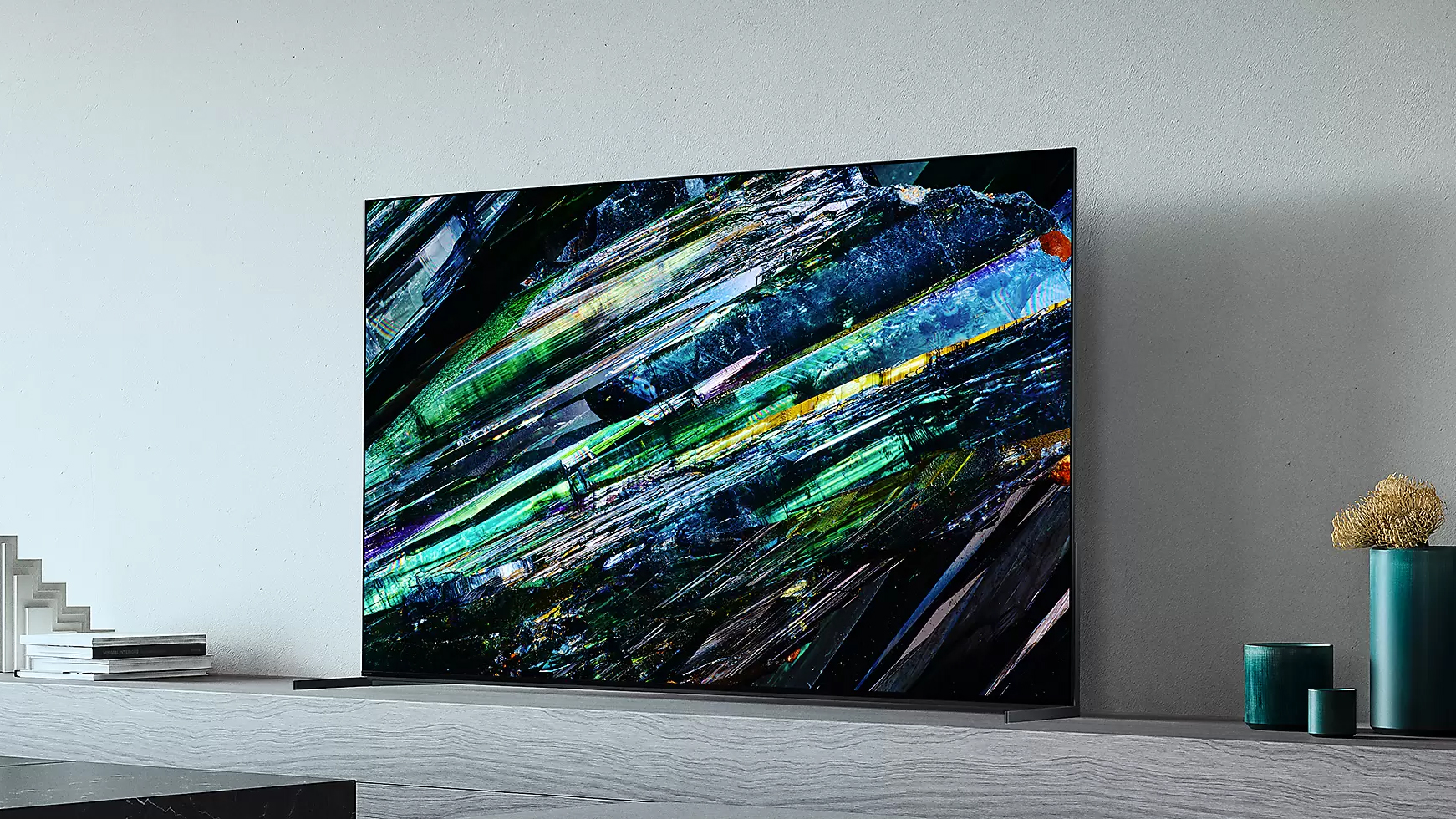
Most people are familiar with IMAX, and many of us have seen movies shown in an IMAX format in theaters. If you have caught an IMAX film, you're probably familiar with the benefits that the special exhibition format brings: a taller-than-normal 1.9:1 aspect ratio screen (and an even taller 1.43:1 in a 70mm IMAX theater), extending from the floor to the ceiling alongside a strikingly loud and immersive audio system with massive-sounding bass.
The last two IMAX films I watched, Oppenheimer and Avatar: The Way of Water, were showcase titles by directors who have long worked with the format, and they reminded me of the value of watching in an actual IMAX theater. But when it comes to movies at home on the best TVs and best soundbars, the value of IMAX has been less apparent, and that’s partly due to confusion surrounding the company’s IMAX Enhanced program.
To address that confusion, let’s first discuss IMAX movies on Blu-ray. Same as with titles shown in IMAX theaters, some IMAX movies released on home video – Christopher Nolan’s The Dark Knight Rises and the recent Oppenheimer 4K Blu-ray, for example – switch between an ultra-wide aspect ratio for non-IMAX shots and a screen-filling 16:9 aspect ratio for ones shot with an IMAX format cameras. And yet, these releases aren’t labeled as IMAX Enhanced, even though multiple aspect ratios is one of the defining features of the program.
Disney does IMAX Enhanced
For a more consistent IMAX Enhanced experience at home, streaming is looking to be the more reliable source. Disney Plus was among the first streaming services to sign on to the IMAX Enhanced program, a decision that made sense given it owns the Marvel Cinematic Universe catalog of movies, many of which were shot in IMAX format. These have been available on Disney Plus with scenes, or even entire movies, in 1.9:1 aspect ratio, which provides 26% more screen viewing area compared to the 2.39:1 aspect ratio used by many widescreen movies.
But IMAX Enhanced isn’t just about images – sound, too, is part of the program. Previously, movies available for streaming with immersive DTS:X soundtracks were limited to the Bravia Core service exclusive to Sony TVs, but at CES 2024 Disney Plus announced that it would be adding a DTS:X soundtrack option, called IMAX Enhanced signature sound by DTS, to its IMAX Enhanced streaming catalogue.
For the launch, which is expected to happen before summer 2024, the 20 IMAX Enhanced MCU movies currently in the Disney Plus library, along with Pixar’s Lightyear, will get the DTS:X upgrade (negotiations are in the works to add more Pixar movies with DTS:X sound, according to IMAX).
At launch, IMAX Enhanced certified TVs including select Android TV devices from Sony, Hisense, Sharp, and Xiaomi will be supported, according to Disney Plus. (The company didn't confirm support for other streaming platforms.) An an end-to-end IMAX Enhanced system is recommended for optimal audio and video quality. You can buy certified AV receivers from Marantz, Denon, Sony, Onkyo, and JBL, and there are IMAX Enhanced speakers from Polk Audio and Definitive Technology, along with soundbars from LG and Philips.

The IMAX Enhanced experience
At CES 2024, I got a preview of what’s to come with IMAX Enhanced movies streaming on Disney Plus with DTS:X sound. The system used for my demo consisted of a Sony A95L OLED TV, Sony AV receiver, and a Definitive Technology speaker system, all of it IMAX Enhanced certified.
The Disney Plus app used for streaming was a unique, modified version designed to display a DTS:X soundtrack option, but the IMAX rep conducting the demo told me it would appear exactly the same upon launch. He then selected Guardians of the Galaxy Vol. 3, and cued up the scene where the Guardians travel to the Orgoscope to retrieve Rocket Raccoon’s file.
Although the best streaming services, Disney Plus included, can provide excellent 4K picture quality, sound typically isn’t as impressive due to the high audio compression that’s standard for streaming. In this case, however, the audio had a notably dynamic quality, with excellent separation of music, sound effects, and dialogue elements in the mix. For a streamed soundtrack, bass was also very powerful: IMAX movie mixes provide 3dB higher dynamic range than a typical soundtrack to accommodate the powerful subwoofer arrays in IMAX theaters, and IMAX Enhanced home video releases clearly benefit from that.
Will subscribers to Disney Plus get the same quality level on their home system that I experienced in my demo? As mentioned earlier, an end-to-end IMAX Enhanced system is recommended by the company for optimal performance due to the proprietary audio and video optimization used in IMAX Enhanced components.
But even those with a non-IMAX Enhanced TV, receiver, speakers or soundbar should get a high quality experience due to the advanced Ssimwave compression tech (a company IMAX purchased in 2022) that Disney is using for its streaming service. Similar to HDR-VMAF on Netflix, Ssimwave is a technology that optimizes picture and sound based on the specific end device used for streaming.
Obviously, an IMAX Enhanced Sony OLED TV and home theater speaker system will command much higher streaming bandwidth than a tablet, but the scalable nature of the streaming tech being used by Disney Plus means movies should also look – and sound – great on a small screen. So score one for streaming, and for IMAX Enhanced, which is about to become a lot less shrouded in mystery.







